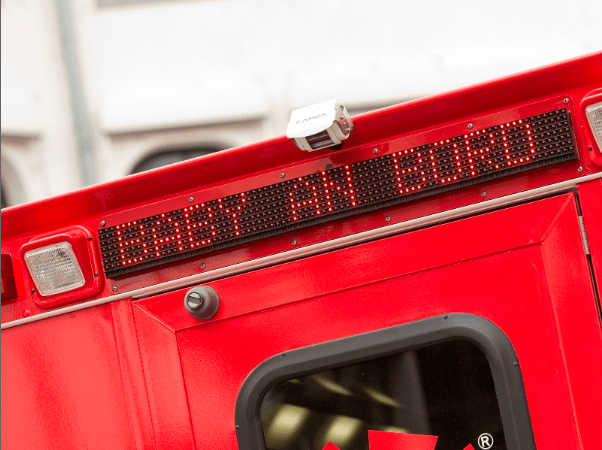
Children in Ambulance: Guidelines and Technological Innovations
Specialized Solutions for the Safety of Small Passengers During Emergency Transport
Transporting children by ambulance requires special care and precautions. In emergency situations, ensuring the safety of young patients is a top priority. This article explores international regulations and technological innovations that help make pediatric ambulance transport safe and effective.
International Regulations for Pediatric Transport
Several nations have established specific regulations for the safe transport of children in ambulances. In the United States, for example, guidelines from the American Academy of Pediatrics (AAP) and the National Highway Traffic Safety Administration (NHTSA) provide detailed recommendations on how children should be transported. In Europe, European Resuscitation Council guidelines emphasize the importance of CE-certified safety devices for pediatric transport. Countries such as the United Kingdom and Germany follow similar regulations, insisting on the use of equipment specific to the age and size of the child.
Leading Companies in Pediatric Safety Devices
For pediatric transport, it is essential to use proper restraints. Companies such as Laerdal Medical, Ferno, Spencer and Stryker offer products specifically for pediatric ambulance transport. These include secure neonatal bassinets, infant seats, and specialized restraints that can be integrated into ambulances to ensure that children are transported safely, regardless of their age or size.
Staff Training and Emergency Protocols
It is critical that ambulance personnel be properly trained in pediatric transport techniques. This includes knowledge of how to properly use restraints and specialized equipment, as well as the ability to assess and monitor the child during transport. Emergency protocols should be regularly updated to reflect best practices in pediatric rescue.
There are several informational resources dedicated to pediatric safety in the ambulance. For example:
- Pediatric Transport Guidelines (PTG): A comprehensive manual that provides guidelines for the safe transport of children in ambulances.
- Emergency Pediatric Care (EPC): A course offered by NAEMT that covers crucial aspects of pediatric emergency transport.
- Pediatric Guide for Emergency Transport: Published by national emergency organizations, provides specific recommendations based on international standards.
Safe transport of children by ambulance requires an integrated approach that includes international regulations, specialized equipment, staff training, and community awareness. Health care companies and organizations must continue to collaborate to develop innovative solutions that ensure maximum safety for young patients in emergency situations. With the right attention and resources, it is possible to ensure that every child receives the care they need in a safe and timely manner.


